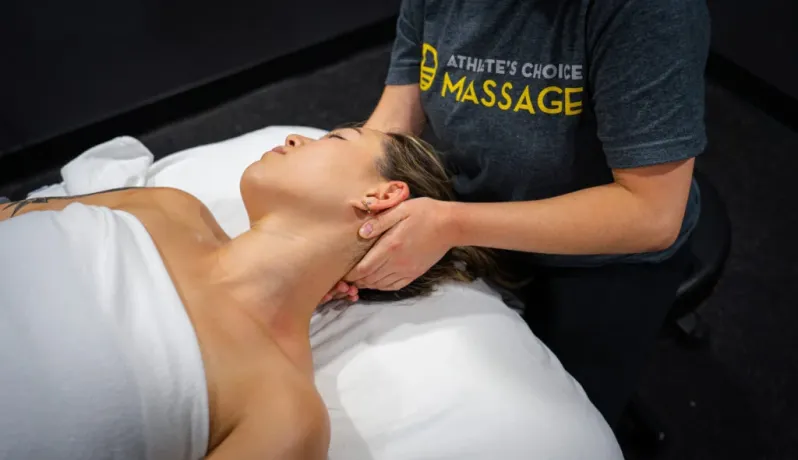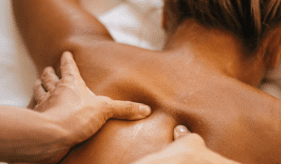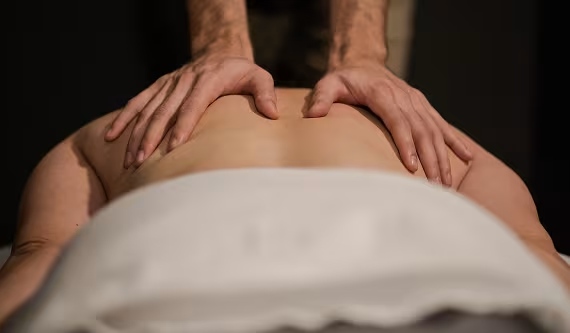Unraveling Scalene Muscle Pain: Causes, Symptoms, and Solutions
Did you know that poor posture and repetitive activities such as cycling, running, or desk work can create tension in the neck muscles, particularly the scalenes? For active individuals in Edmonton and Sherwood Park, recognizing and managing this discomfort is essential for maintaining peak performance. These neck muscles are critical for movement, posture, and breathing but are susceptible to strain, which can cause pain and impact your daily activities.
This article explores the scalene muscles, common problems such as knot-related symptoms, and practical strategies to alleviate and prevent discomfort.
What Are Scalene Muscles and Why Do They Matter?
The scalene muscles are a group of three muscles—anterior, middle, and posterior—located on each side of your neck. They help:
- Move and stabilize the neck
- Support proper posture
- Assist in breathing by elevating the first two ribs
For a deeper understanding, you can explore scalene muscle anatomy and function to see how these muscles contribute to overall neck health and mobility.

Recognizing Scalene Muscle Knot Symptoms
Common symptoms associated with scalene muscle knots include:
- Persistent neck stiffness
- Referred pain to the shoulders, upper back, or arms
- Tingling or numbness in the hands
- Headaches or difficulty breathing
Effective Ways to Relieve Scalene Muscle Pain
1. Stretch Regularly
Gentle stretches can alleviate tension and improve mobility.
- Sit upright with your back straight.
- Place one hand on your head and gently tilt your head toward your shoulder.
- Hold for 15–30 seconds and switch sides.
2. Try Targeted Massage Therapy
Massage therapy, such as a therapeutic massage or myofascial cupping, can release tightness in the neck and shoulders, easing pain caused by muscle strain.
3. Improve Your Posture
Frequent activities like cycling or sitting at a desk can lead to forward head posture, straining the scalene muscles. Practice keeping your head aligned with your shoulders.
4. Incorporate Heat and Ice Therapy
Ice can reduce inflammation, while heat can relax tight muscles. Alternate between the two for maximum relief.
Real-World Example: Michelle’s Journey to Recovery
Michelle, a runner from Sherwood Park, experienced persistent shoulder and neck pain. After visiting Athlete’s Choice Massage in Sherwood Park, she learned her symptoms stemmed from scalene muscle knots caused by poor running posture. With regular deep tissue massage sessions and targeted exercises, Michelle was able to alleviate her pain and improve her running performance.
Preventing Scalene Muscle Pain
To maintain healthy scalene muscles, follow these tips:
- Take breaks during repetitive activities like typing or cycling.
- Practice neck-strengthening exercises.
- Opt for massages such as sport massage to support recovery and prevent tension.
- Ensure your workspace is ergonomically optimized.
Your Path to Pain-Free Movement
By addressing scalene muscle pain early and incorporating techniques like stretching, massage, and posture correction, you can stay active and perform at your best. If you’re dealing with persistent pain, consider visiting Athlete’s Choice Massage for expert care tailored to active lifestyles.




